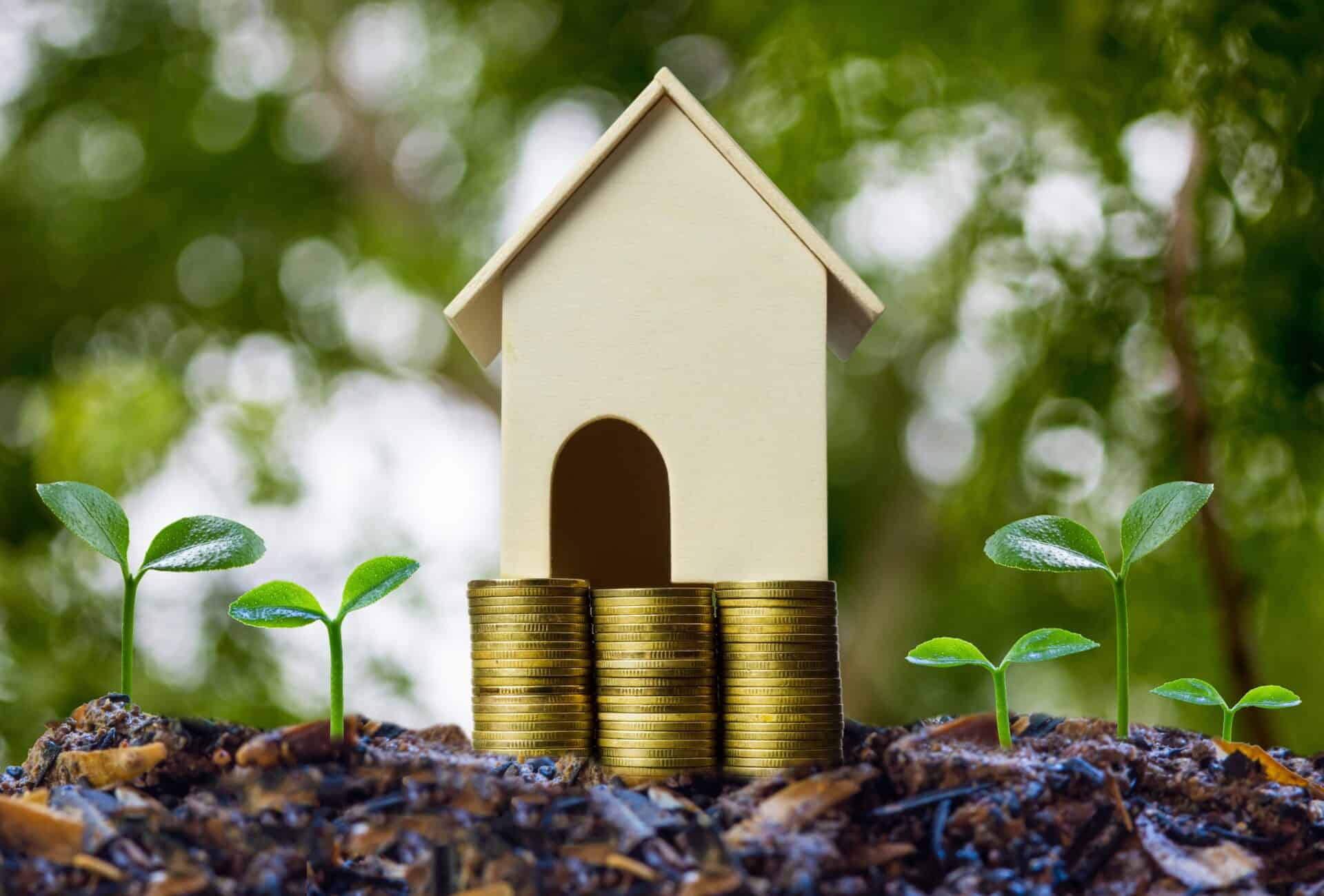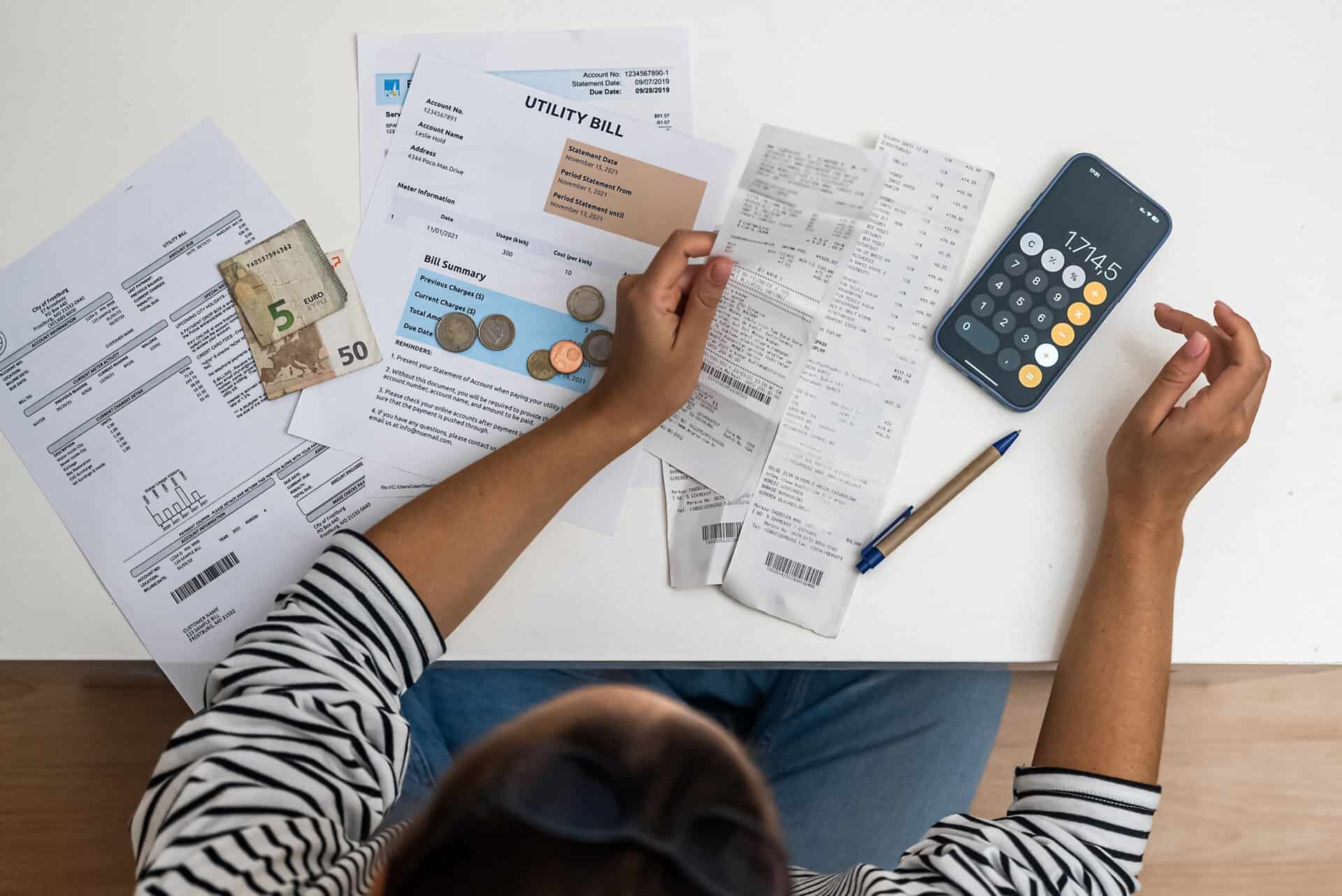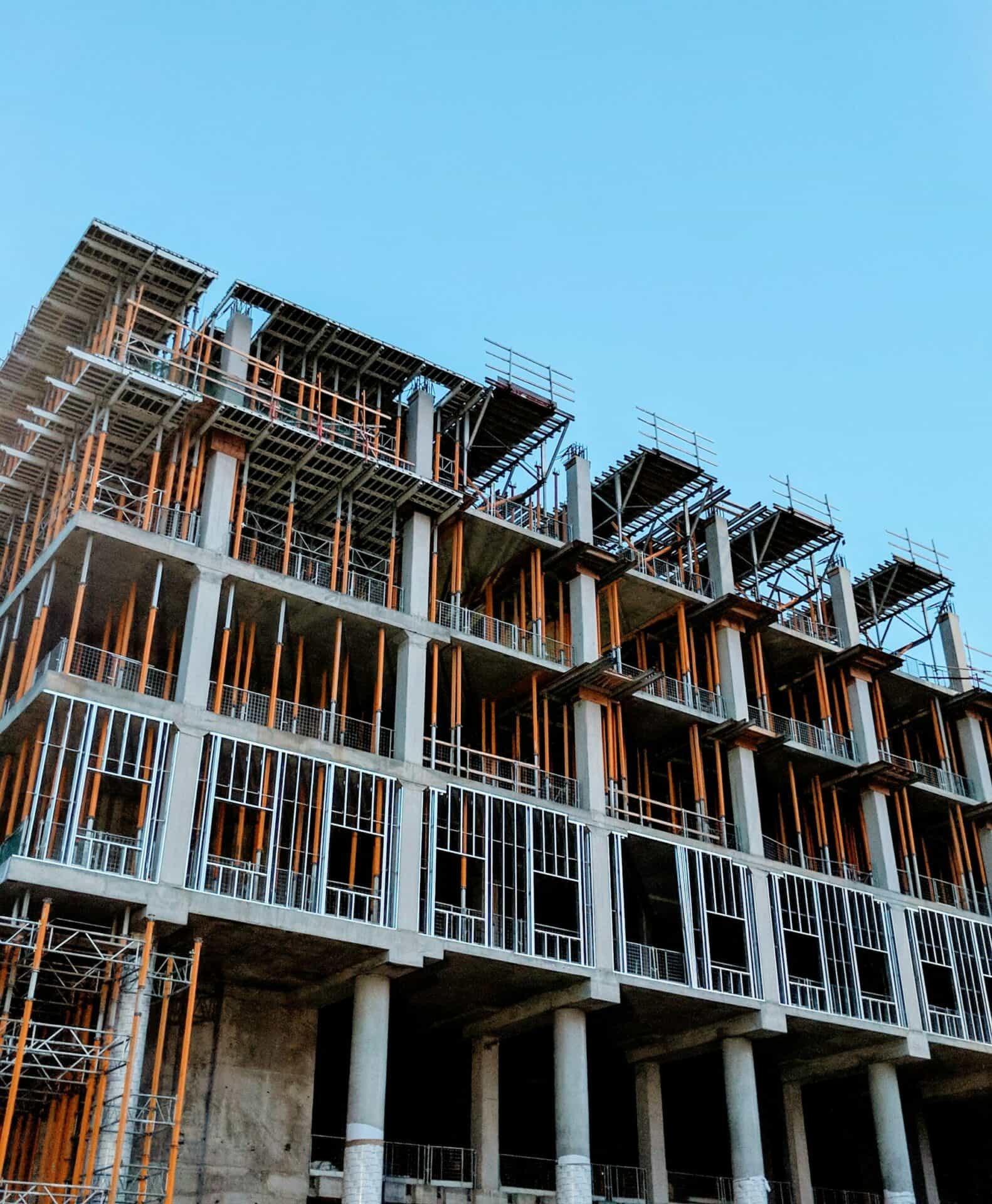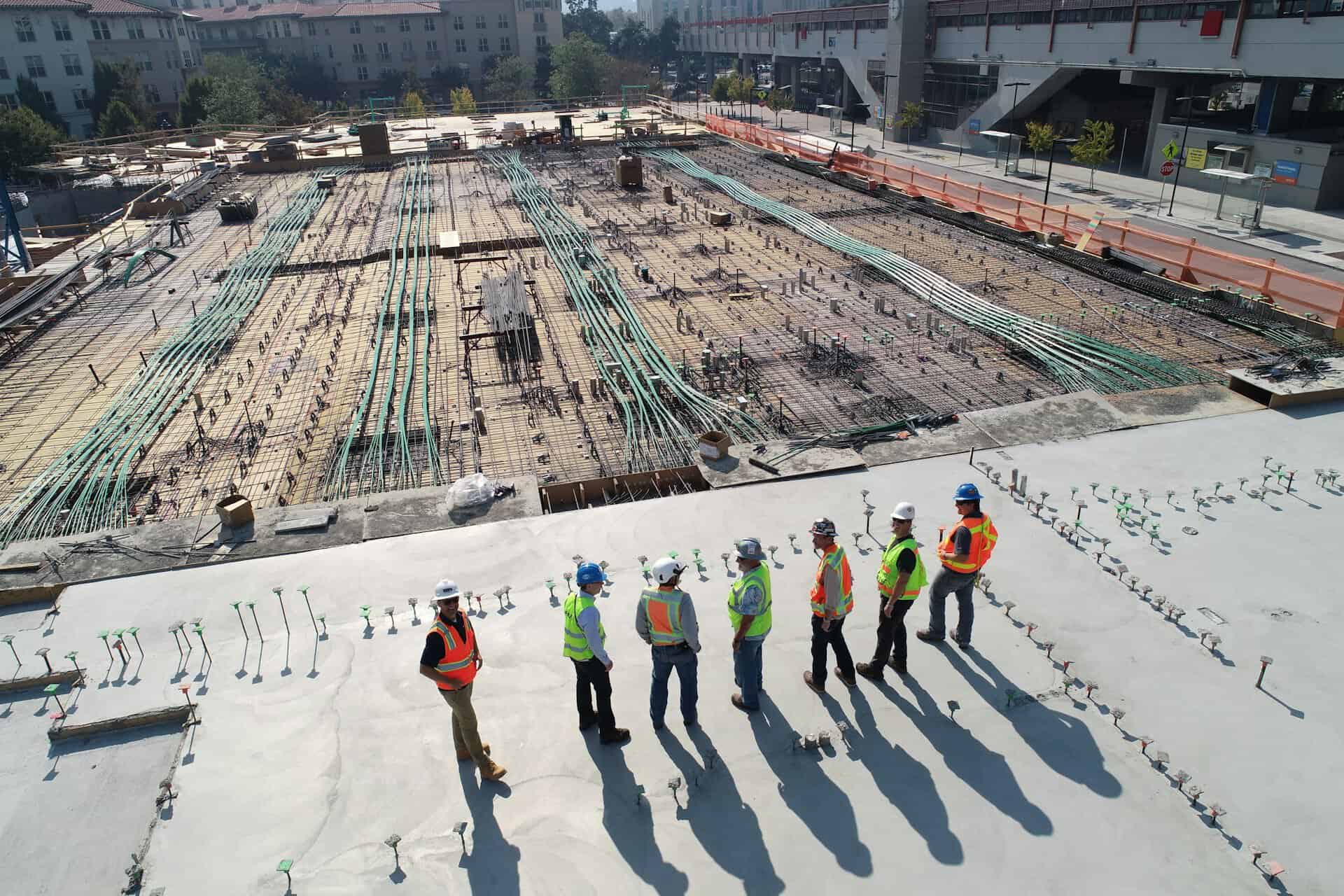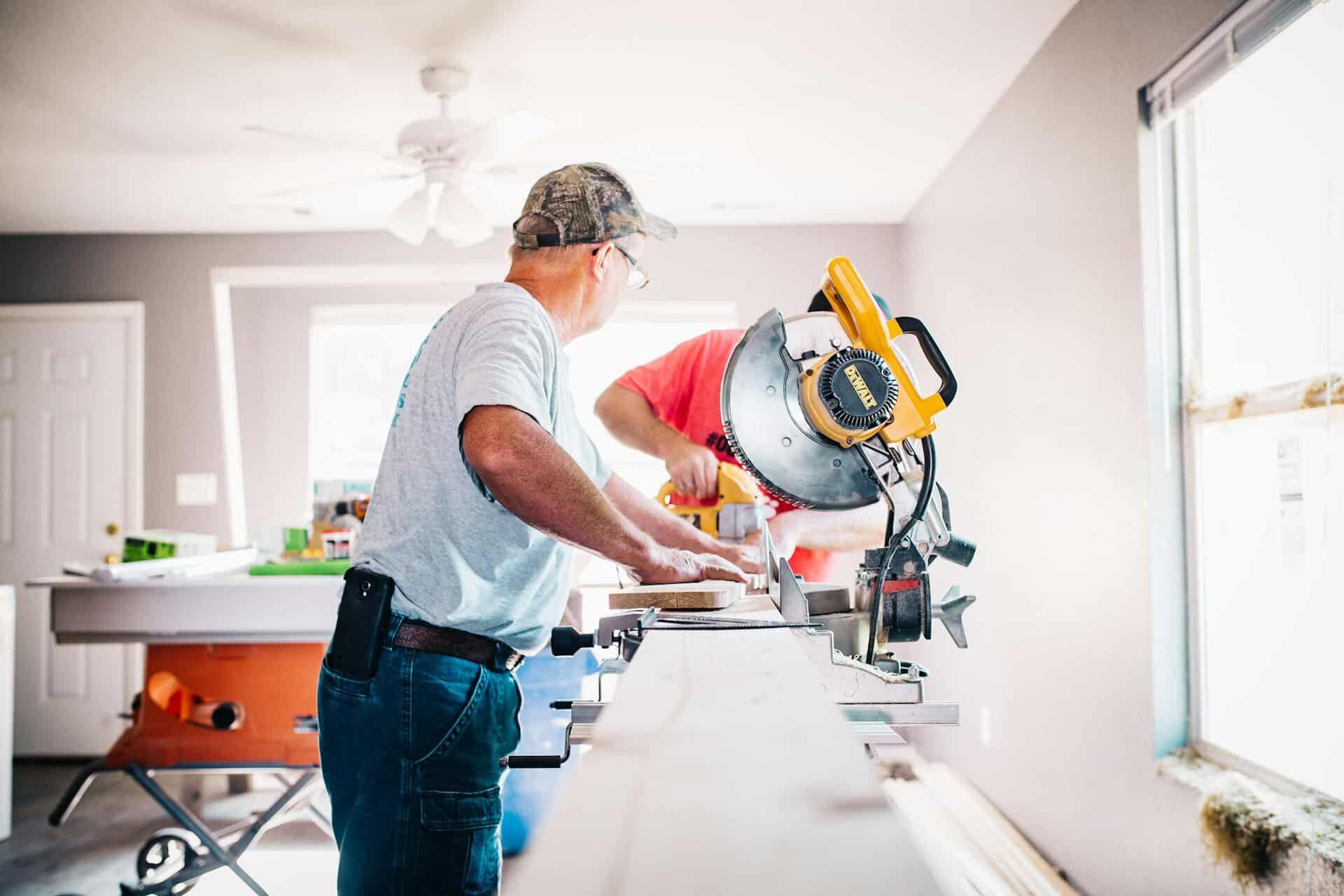Investing in property can be a lucrative venture, especially if you can increase the market value of your portfolio. One of the most popular methods to do this is through renovations.
Whether you’re looking to modernise an outdated space, increase the size of a property, or simply make the space more attractive to potential renters, renovations can create a big difference to the value of a property.
As these renovations will come at a cost, savvy investors should know about the available tax deductions for property renovations available in their projects.
The Australian Taxation Office (ATO) offers a tax-deductible expense to property investors in a number of areas, which you should be taking advantage of if you want to maximise the rate of return on your investment and boost cash flow by lowering your income tax. Just as you claim operational rental expenses incurred like body corporate fees, council rates and interest charged on loans, one of the most popular tax deductions you can claim relates to renovations.
So, here’s what you need to know about claiming tax deductions for property renovations.
How Can You Claim a Tax Deduction For Property Renovations?
When claiming tax deductions for property renovations on investment properties, you need to understand that, unlike other expense deductions, you can’t claim renovations as an immediate deduction to offset the tax on your rental income.
This means you can’t claim it in the same financial year you incurred it as an expense.
But there is some good news.
While you can’t claim renovations on an investment property as an immediate tax deduction, you can claim a portion of the construction cost through capital works deductions, allowing you to spread the construction costs over several years.

What is a Capital Works Deduction?
One thing you need to know about owning an investment property is that it’s subject to natural wear and tear. In other words, it’s expected that the property will experience a decline in value over time, such as the paint might fading or the built-in wardrobes chipping.
Thankfully, if your property is eligible, the ATO allows you to claim a tax deduction for this wear and tear through a process known as depreciation.
You can claim depreciation deductions under two categories: capital works and plant and equipment.
Capital works deductions relate to the structural elements of your property, while plant and equipment depreciation relates to the assets with which you fit out your property, such as air conditioners, wooden floors, ceiling fans and stovetops – to name a few.
Essentially, what sets these tax deductions apart from the other investment property tax deductions is that you claim them over several years instead of in the same year you purchased them.
The ATO prescribes an effective life (or useful life) for plant equipment assets. But the structural elements of your property generally depreciate at a rate of 2.5% over 40 years, depending on when it was built.
Now, when you renovate a property, you can claim the cost of that renovation at a rate of 2.5% over 40 years.
For example, let’s say you decide to renovate the ensuite bathroom in your rental property. The renovations include retiling and installing a new toilet and vanity. Once you complete the renovations, you can start claiming the costs each year, and continue to do so for another 40 years, provided that you continue to generate income from the property.
You may be interested in reading about how these Eco-Friendly Upgrades Can Grant You Investment Property Tax Benefits.
Understanding the Investment Property Tax Deductions: The Difference between Renovations and Repairs
Another expense you can claim as rental property deductions is initial repairs and maintenance. In other words, any costs you incur maintaining (and repairing) your rental properties are tax-deductible. However, the difference between claiming these expenses and renovation expenses is that repairs and maintenance are immediately deductible.
The ATO places significant emphasis on understanding the difference between maintenance, repairs and renovations.
- Maintenance expenses refer to regular upkeep undertaken to keep the property in good condition and prevent bigger problems from developing.
- Repairs refer to fixing issues that have already arisen. They are typically necessary when something in the property breaks down or stops working, such as fixing a broken window or repairing a damaged floorboard. The idea is that you’re simply restoring the damaged property to its original condition.
- Renovations or improvements are more significant and are typically carried out to improve the property, increase its value, or make it more attractive to tenants. Renovations can include installing a new kitchen, adding an extra room, or upgrading the bathroom.
For example, if a tenant reports a leaky tap in the kitchen, the ATO will consider this a repair for tax purposes. You can claim the costs of replacing the tap as tax-deductible expenses. If, however, you decide to upgrade the entire kitchen as part of the repair process, the ATO would consider this a renovation, and you can claim deductions for the depreciation on the renovation costs.

How Do You Claim Capital Works Deductions?
To claim a capital expense, you need to consult a Quantity Surveyor and have them prepare a tax depreciation schedule.
A tax depreciation schedule is a report outlining the taxable deductions you can claim for the wear and tear of your investment property and its plant and equipment assets. If you already have a depreciation report, you can simply contact the Quantity Surveyor that initially drew it up and get them to amend it to consider the new renovation you have completed in terms of capital allowances.
Ideally, you should keep detailed records of your renovation’s capital expenditure and construction costs, including invoices, receipts, and any contracts or agreements. If you completed the renovations a while ago and only just found out about claiming depreciation, your Quantity Surveyor can inspect the property, do a cost estimate and backdate your depreciation claim.
If you want to claim depreciation and take advantage of the tax benefits of your investment property renovations, consider working with Duo Tax.
Our team of experienced and qualified Quantity Surveyors can help you with a new depreciation schedule, amend an existing schedule, or backdate your claim on capital expenses. We use the latest technology and techniques to ensure your tax depreciation schedule is accurate and maximises your deductions.
Get in touch with us today to learn more about our services and how we can help you save on tax.
How Do Renovations Impact Capital Gains Tax on Your Rental Property?
The cost of renovations on an investment property can also be added to the property’s cost base, determining the capital gain or loss when selling property.
The cost base includes the original purchase price, acquisition costs, and the cost of any capital improvements made to the property. By adding the cost of renovations to the cost base, you can reduce the capital gain and, therefore, the amount of capital gains tax (CGT) you owe when you sell the property.
For example, if you bought a property for $500,000 and spent $50,000 on renovations, the property’s cost base would be $550,000. If you then sold the property for $800,000, the capital gain would be $250,000 ($800,000 – $550,000) rather than $300,000 ($800,000 – $500,000).
If you have completed renovations on your rental property but didn’t keep track of the costs, you can order a Duo Tax Capital Gains Report to identify the increase in capital costs, which you can add to your cost base, resulting in a reduced capital gain for tax purposes.
Key Takeaways
Renovating an investment property can be a great way to add value and increase your returns on your investment. They also come with the added benefit of tax deductions, which you can claim through capital works deductions.
If you keep detailed records, seek professional advice, and work with a qualified quantity surveyor like Duo Tax, you can reduce your tax bill and increase your returns on investment.
With the right knowledge and support, you can make the most of your investment property renovations and achieve your financial goals.
Contact Duo Tax to find out if your property is eligible and order a depreciation schedule today.

Ready to get started?
Talk to one of our friendly property experts to get a free quote or more Information.




